You’ll usually pay federal taxes when you pay Social Security and Medicare taxes. Internal payroll systems help companies keep confidential financial information private as well. Software programs can be time-consuming, however, and this can pose a problem for small companies without a lot of staff. Operating a small business can be made so much easier by using tools at your disposal. With all the time you save, you can focus more on growing and improving your business.
What Is a Payroll Journal Entry?
It is quite common to have some amount of unpaid wages at the end of an accounting period, so you should accrue this expense (if it is material). After recording this entry, you reverse it at the beginning of the following accounting period, and then record the actual payroll expense whenever it occurs. Many medium- and large-size companies outsource payroll services to streamline payroll accounting examples the process. Employers track the number of hours each employee works and relay this information to the payroll service. The payroll service calculates the gross amount the employee is owed based on the pay rate and the number of hours or weeks worked during the pay period. The service deducts taxes and other withholdings from earnings and then pays the employees.
Step 13. Deposit Withheld Taxes
Taxes are usually paid monthly, so collect them, set them aside and make payments as required. There are two ways to go about getting payroll processed; you can do it yourself manually or use a service provider. When processing it manually, you must do all the steps on your own. It is important to know that ignorance or honest mistakes are not justification for errors in taxes or withholding. Don’t worry if this all sounds complicated – in truth, it is.
- Federal laws require payment for these hours for employees who are not able to control their hours.
- Outsourcing payroll will help free up time to focus on your company.
- Be sure to confirm that your debits equal your credits (basic accounting systems should confirm this).
- Here’s a step-by-step guide on how to create these entries, complete with examples to clarify each step.
- You may also need to pull reports for deductions, contributions, and other benefits.
Payment Type and Periodicity
Service providers do all the calculations, pay the appropriate tax bodies and benefits providers and handle the checks or direct deposits for employers. This takes the task of processing payroll from hours to minutes for busy employers. The IRS says to store payroll records for at least four years from the date when the taxes are due or from the date that you made the payment―whichever is later. This means that you need to keep time cards, spreadsheets and copies of checks and deposits for this period of time should an audit or a discrepancy arise.
This may require input from the payables clerk, who is tracking the amount of these advances. Salaried employees require no change in wages paid for each payroll, but you must collect and summarize information about the hours worked by non-exempt employees. This may involve having employees scan a badge through a computerized time clock, or enter it through an online form.
Review and double-check entries


The type of transaction occurring will designate whether each entry is a debit or a credit. Some of your payroll ledger accounts will increase with a debit and decrease with a credit, while others increase with a credit and decrease with a debit. The accounts that you need to set up to track payroll will generally be an expense account or a liability account. An expense is a cost that you have incurred as a result of doing business, like for wage expense and health insurance. An expense can be a liability, albeit temporarily, until it’s paid.
It may seem like there’s a lot of work involved, but it’s not as complex as it sounds. Here’s everything you need to know about payroll accounting, why it’s important, and how you can set it up. When you total up the debits and credits, you’ll see that each column has a total of $1,923.
- Recording payroll accounting isn’t as simple as noting down what you take from your business account and what you credit to your employees.
- The payroll tax expense journal entry tracks employer contributions to payroll taxes, such as Social Security, Medicare, and unemployment insurance.
- Several withholdings and deductions are taken out of an employee’s gross pay.
- The first few payrolls will likely be the most difficult as you walk through the process and get used to what you need to do.
- Gross Wages will appear on your Profit and Loss or Income Statement, and the liability and cash accounts will be included on your Balance Sheet.
- Double Entry Bookkeeping is here to provide you with free online information to help you learn and understand bookkeeping and introductory accounting.
- It may seem like there’s a lot of work involved, but it’s not as complex as it sounds.
How to Do Payroll Accounting: A Step-by-Step Guide for Employers


There are many different ways to track how much an hourly employee works in order to pay them based on their wages, including digital and physical time clocks. Other employees, including freelancers or contractors, might submit their hours to you without you having to track them on your own. On payday, January 5, the checks will be distributed to the hourly-paid employees. The following entry will record the issuance of those payroll checks.


So we’ve broken down all the key need-to-knows to help you better understand payroll. Many types of cloud-based accounting software are available for small businesses as well. The type of industry and number of employees are two factors that will dictate which is appropriate. A freelancer wouldn’t require the same features in a piece of accounting software as a restaurant owner. The law requires that overtime hours over 40 hours per week be paid at one-and-a-half times the regular hourly rate.
What are Payroll Accounting Journal Entries?
When you switch accounting periods, make additional journal entries to reduce the cash account and eliminate the liability account balance. Decrease the liability account by debiting the payable entries in your books. As you do your payroll accounting, record debits and credits in the ledger. Whether you debit or credit a payroll entry depends on the type of transaction made. The debits and credits in your books should always equal each other.

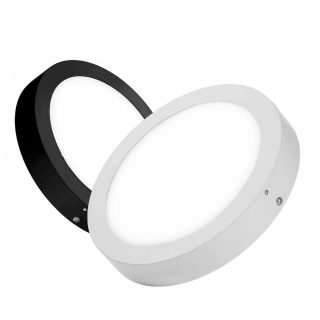
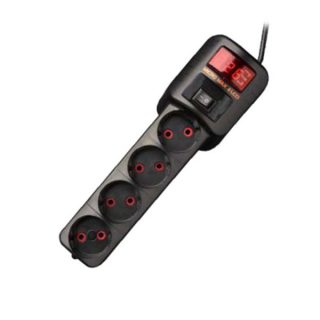
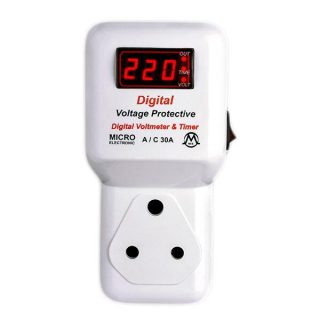
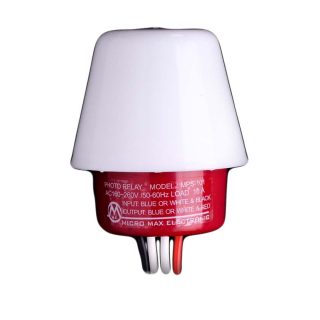

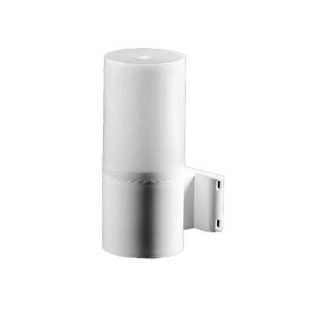

دیدگاهتان را بنویسید